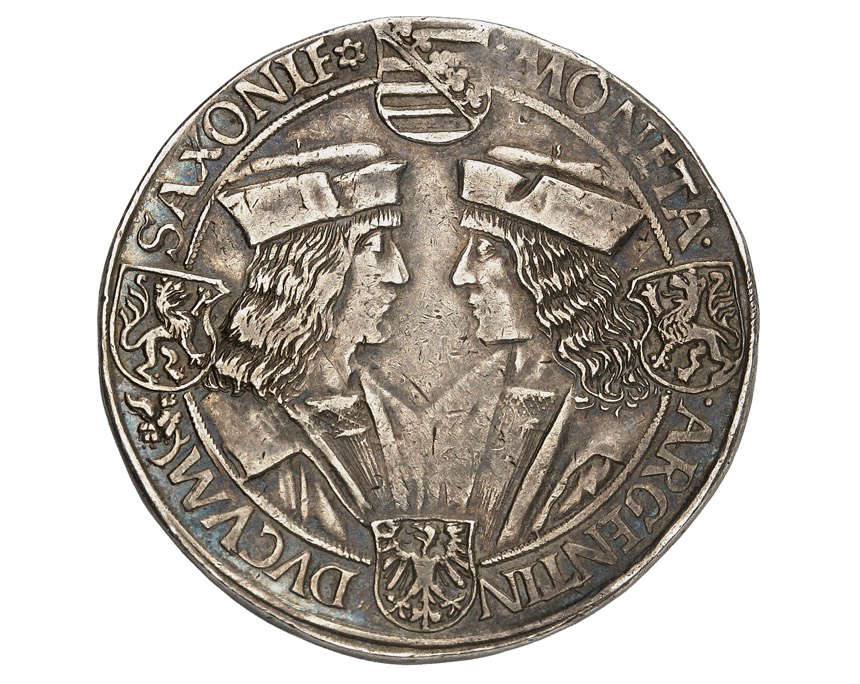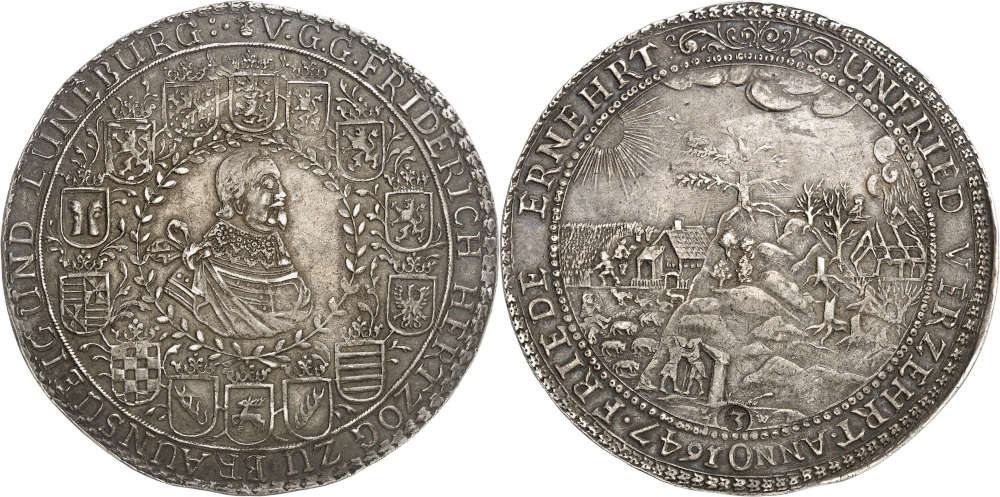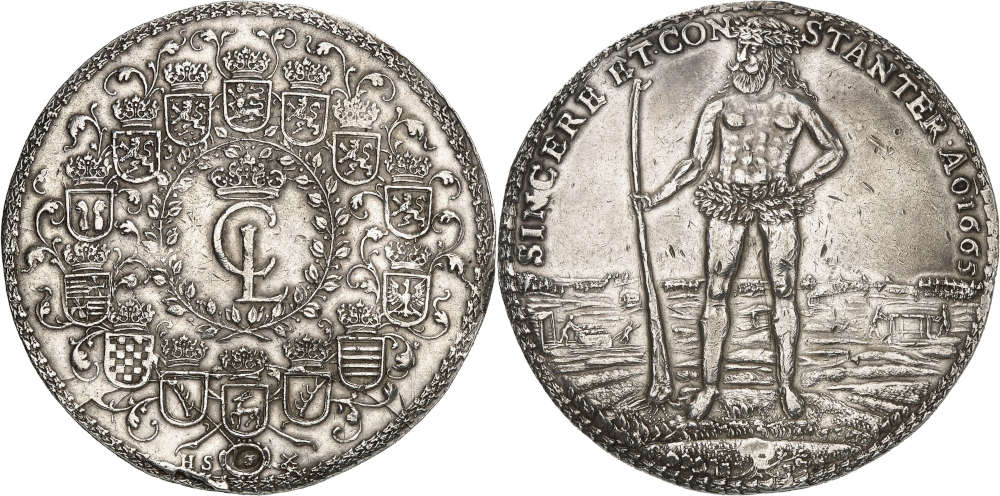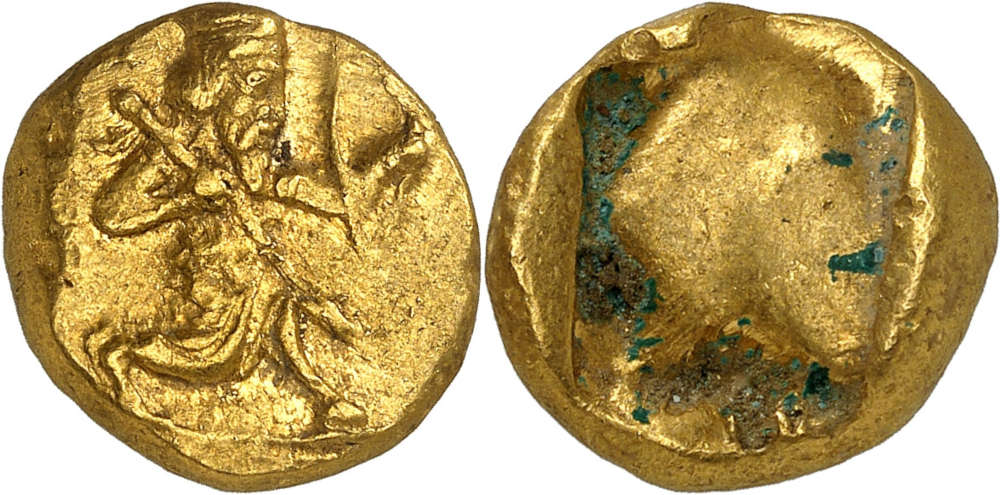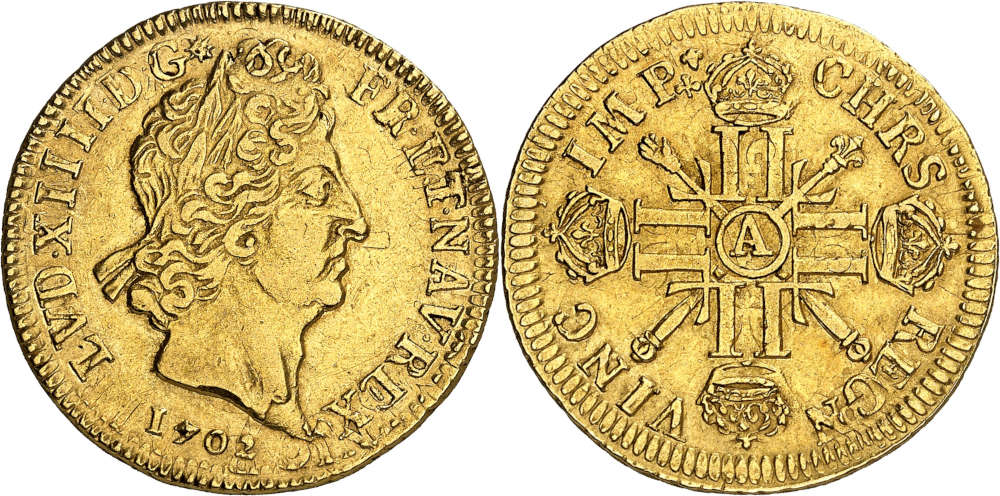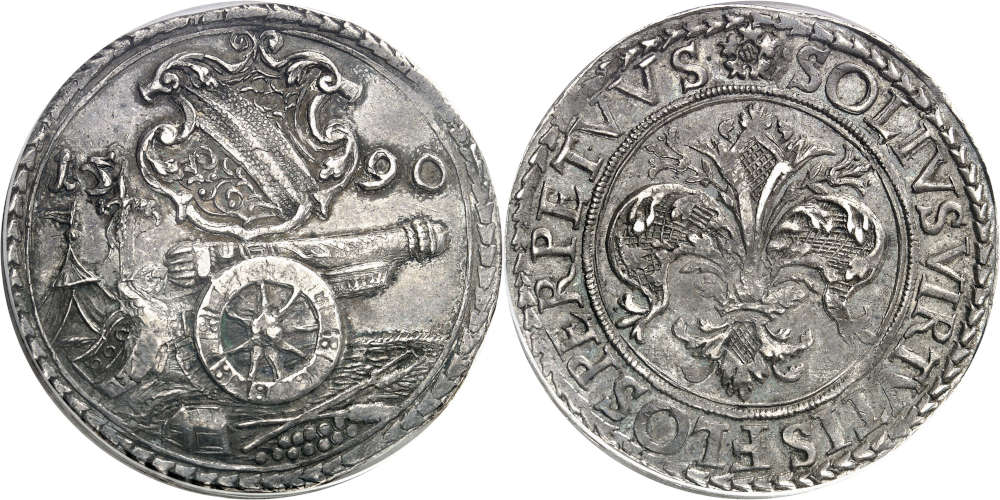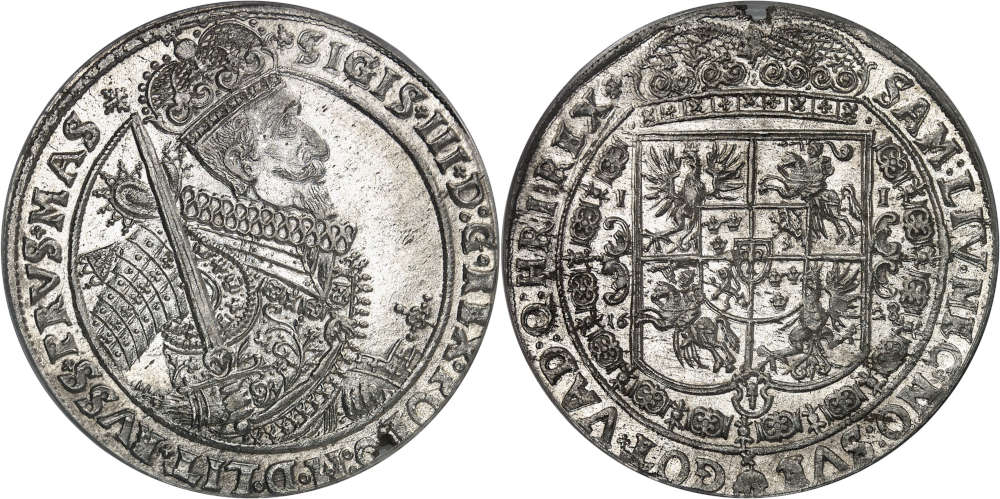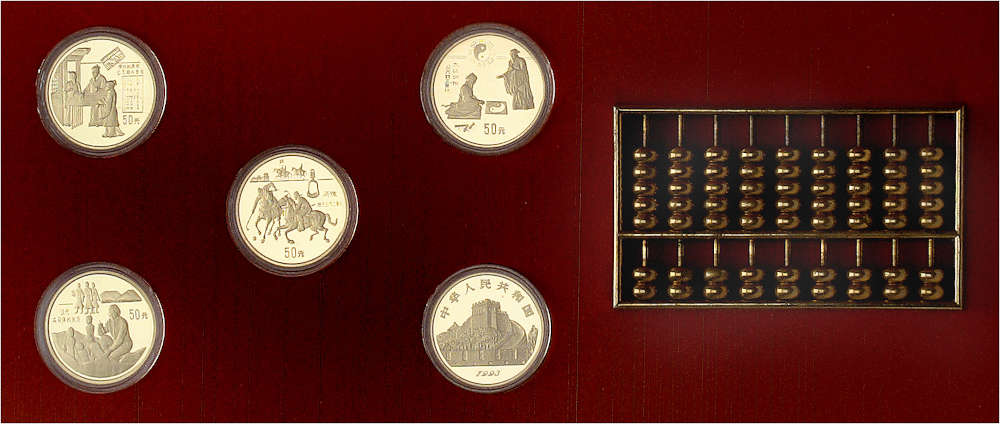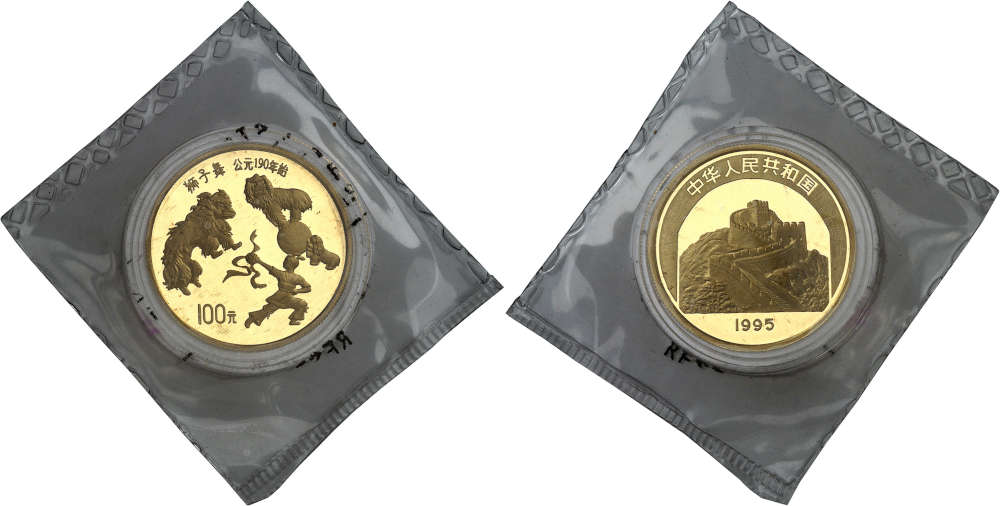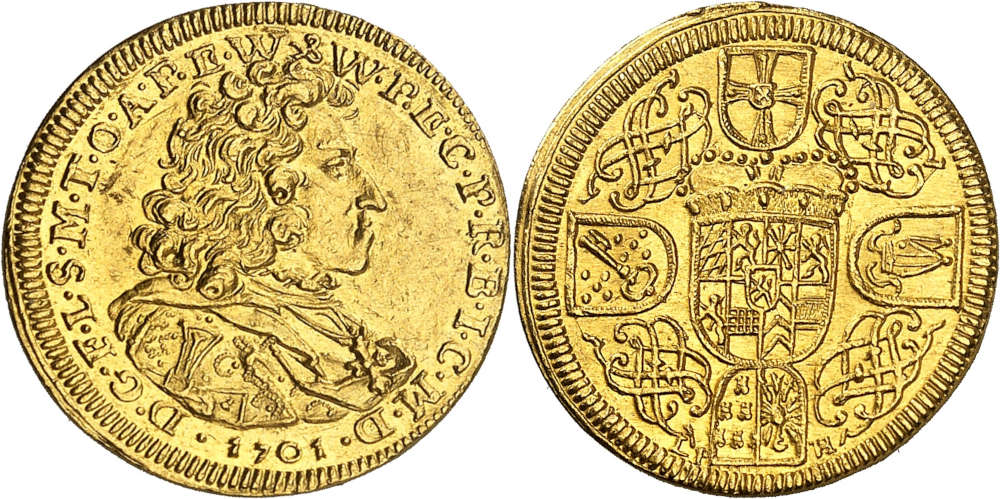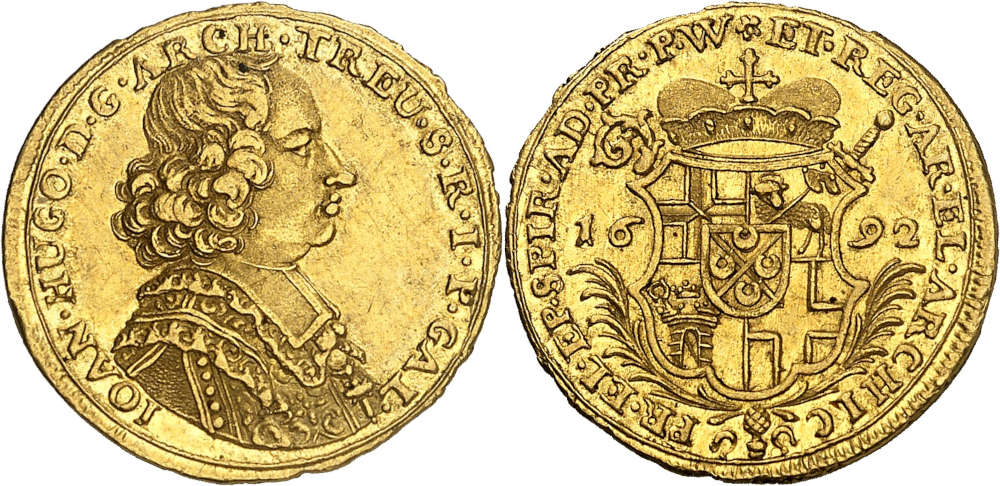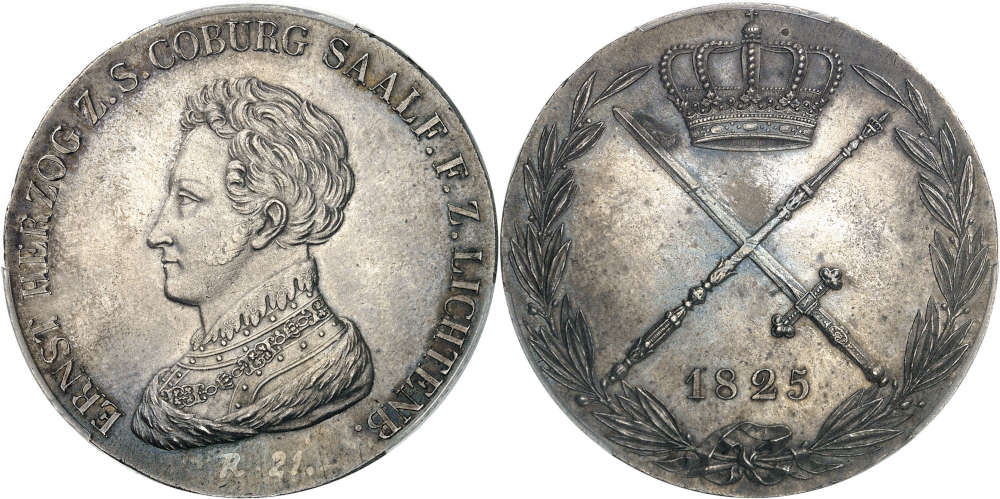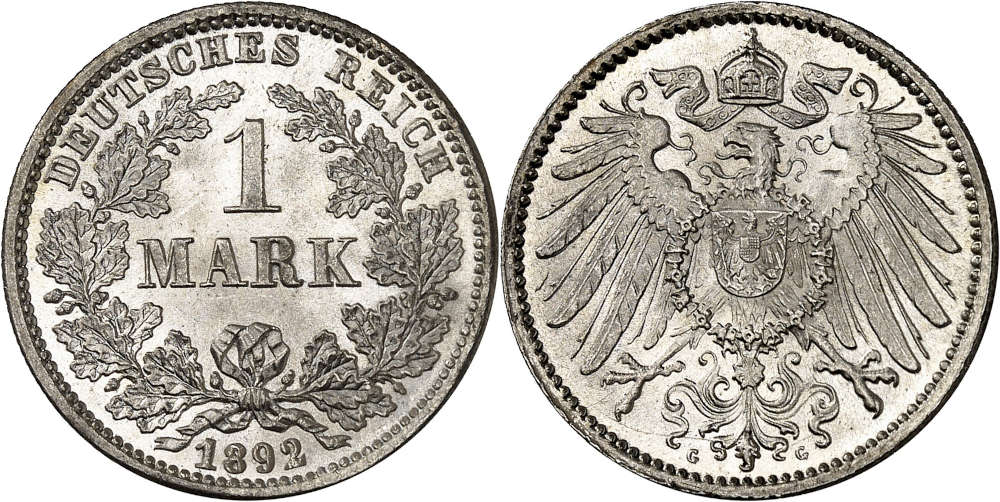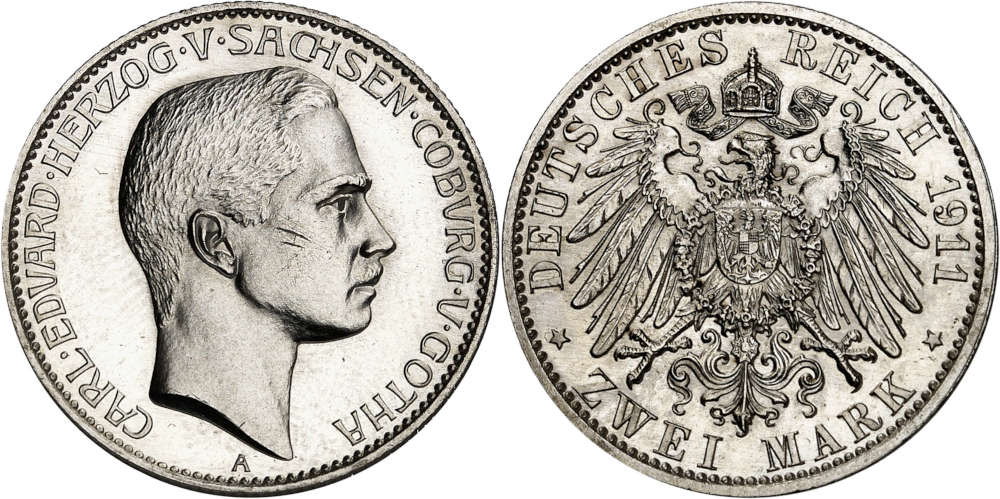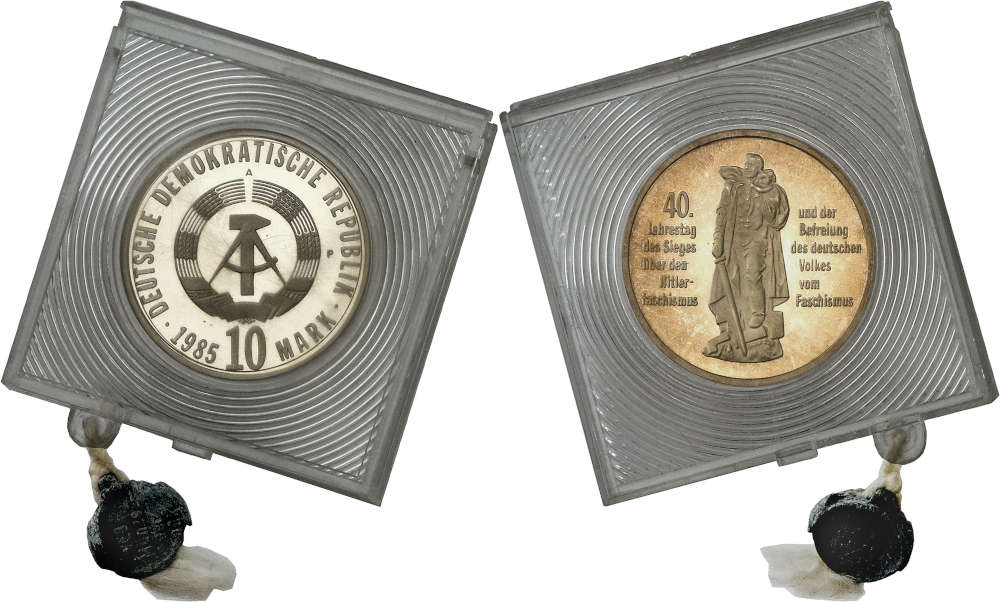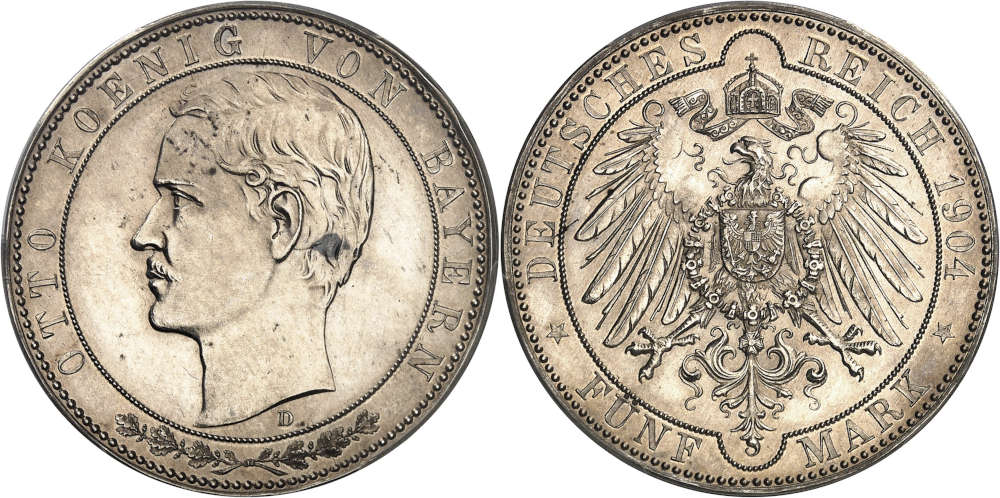Collections at Grün: Brunswick and the German Empire
Heidelberger Münzhandlung
Auction 88
13.-15. May 2024
Coins
D-Heidelberg
Herbert Grün will hold the 88th auction sale of Heidelberger Münzhandlung from 13 to 15 May. It is bursting at the seams with interesting issues, and every coin enthusiast is sure to discover fascinating pieces that are just to their liking. Part 1 of the auction contains a comprehensive Brunswick collection. Coins from all branches of this widely ramified dynasty illustrate the incredible amount of silver the House of Welf had at its disposal. Part 2 is dedicated to coins and medals from ancient to modern times. The focal point is, as usual, on the German states and German coins minted after 1871. Collectors of issues from the German Empire who seek to fill some gaps in their collection are sure to find just what they are looking for.
Special Collection Brunswick
725 lots with coins from Brunswick – this highlight kicks off Grün’s spring auction sale. The impressive special collection bears witness to the expertise and the patience of the collector who assembled it. It ranges from the medieval bracteates of Henry the Lion to the konventionstalers and vereinstalers of the 19th century.
Brunswick coinage helps us understand what the rich silver deposits in the Harz mountains truly meant for the House of Welf: They had the means to look the part and display the representative splendour that befitted their status. It also meant that they could present others with magnificent diplomatic gifts. Thanks to their silver, the rulers of the various Brunswick branches became important allies for other powers – and not just on the local level. For example, a Brunswick duke convinced the emperor to increase the number of electors for him. And while the fact that a Welf ascended the English throne was rather a historical coincidence, it did require that he was rich enough to take office.
Brunswick coinage reflects the eventful history of the House of Welf. It is particularly rich in unusual motifs for two reasons: For one, rulers had issues produced for ceremonial occasions time and again, which were then distributed among the guests that participated in the festivities. On the other hand, they used their coins to celebrate the lucrative mining industry, which is why we know about many technical details mainly from numismatic depictions.
The collection offered at Grün contains all the fascinating depictions a coin enthusiast might dream about; and this does not only apply to talers but also to lösers, which were crafted with special care. The collection contains a large section with these coveted issues of various denominations. But bidders with smaller budgets will also find what they are looking for, as estimates start in the low two-digit range. All special collectors will be in awe of the many interesting, carefully selected lots with affordable estimates.
So do not miss out on carefully studying catalogue 88 of Heidelberger Münzhandlung. And do also take a look at part 2 of the auction sale for it contains another section on Brunswick issues with 59 lots, including several lösers and multiple lots.
World Coins
The second part of auction 88 begins with more than 530 lots of world coins. As usual, collectors can find pieces from every field of interest. Especially those specialised in gold coins will be delighted by the rich offer. It ranges from Persian darics to late medieval gold coins from Flanders and France up to modern issues of the 19th and 20th centuries.
Lovers of French coinage in particular should not miss out on taking a close look at the 77 lots of this auction sale. Friends of US numismatics will find a small series of rare half dollars of attractive quality.
Chinese Rarities
Are you interested in Chinese numismatics? Grün does not only have some early dollars of the People’s Republic, Sichuan and Yunnan on offer but also an extensive series with contemporary Chinese collector coins.
Enthusiasts can find some of the greatest rarities of Chinese numismatics at affordable estimates. Only tiny mintage figures of these issues were produced in the early 1990s as the market for contemporary coinage had collapsed completely. Let us take the 100-yuan piece “Lion Dance” of 1995 as an example. In theory, 1,000 specimens should have been produced. But only 138 were actually minted as it was impossible to sell more of them in 1995. Today, things are quite different. In 2024, the latest issue of the gold coin for the year of the dragon is issued with a mintage figure of 8,000 pieces! Grün estimates the “Lion Dance” to sell for rather modest 5,000 euros. It is to be expected that the piece will sell for much more.
Regarding the 1993 Chinese gold coin set issued by the People’s Republic of China to celebrate inventions and discoveries of ancient China, 1,200 sets should have been produced. But in the end – at least as far as is known today – only 402 sets were created. Grün offers this rarity of Chinese numismatics in its original case along with the small abacus at a starting price of 7,000 euros.
By the way, this is not the only lot with coins and sets of the extremely popular inventions and discoveries series. Studying the material on offer is well worth the effort! Collectors and investors will know to appreciate these great rarities of contemporary numismatics.
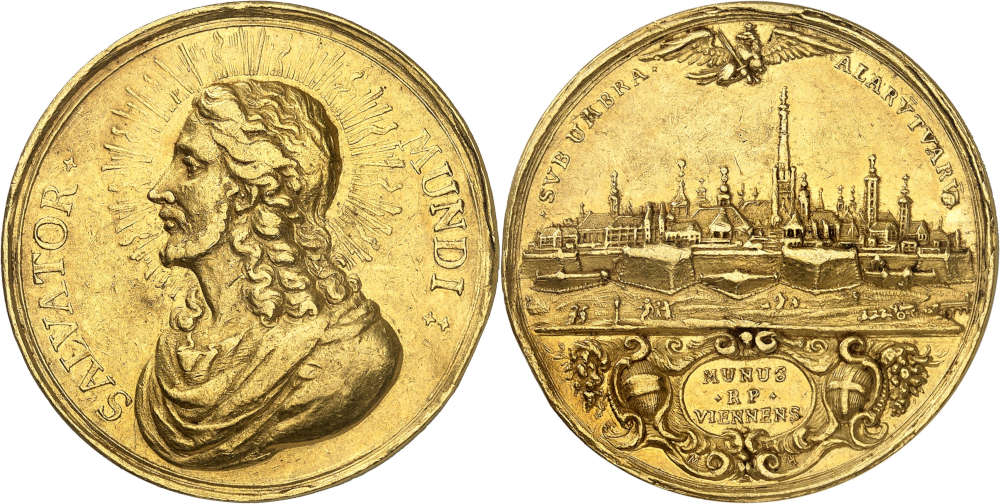
Lot 1256: Vienna. Salvator issue of 10 ducats, n.d. (around 1683). Very rare. Very fine. Estimate: 15,000 EUR.
Holy Roman Empire
More than 120 lots with coins from the House of Habsburg, Austria as well as the Austrian princes and cities build a bridge between world coins and the German states. Collectors are free to choose according to their preferences whether they opt for impressive early modern talers or attractive gold coins of the 19th century.
The highlight of this section is at the very end: Grün presents a 1683 Vienna Salvator issue of 10 ducats, which was given by the Inner Council of the City of Vienna to office bearers for the “Good New Year”. By the way, it would be completely wrong to refer to this specimen as a medal, as the coin trade traditionally does. The Vienna Council refers to these pieces as “pfennigs” in its 1575 edict, and “pfennig” was a common term for a coin in Early New High German.
Rarities from the German States
By now, everybody knows that Heidelberger Münzhandlung specialises in the German states. Therefore, experts will discover a wealth of rare individual pieces of exceptional quality in this catalogue of about 600 lots, some of which are depicted there.
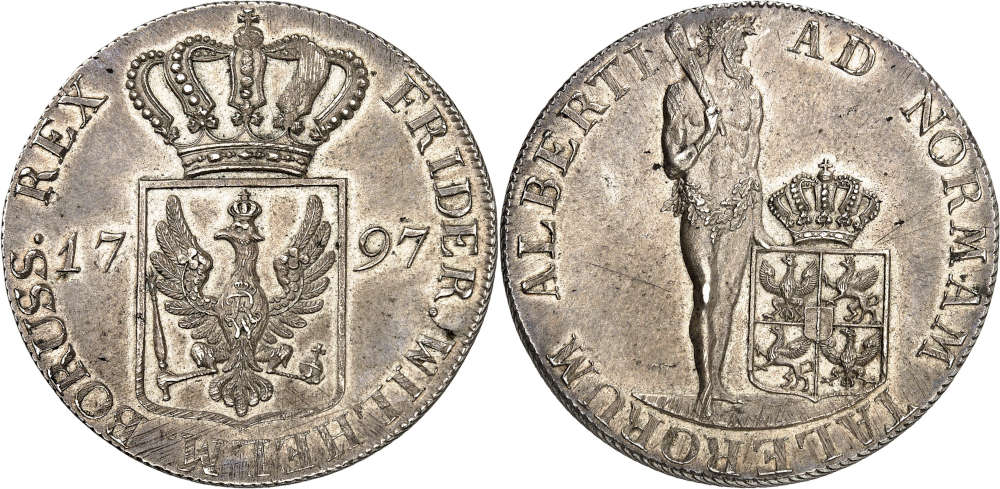
Lot 1642: Brandenburg-Prussia. Frederick William III. 1797 albertustaler, Berlin. Very rare. Extremely fine to FDC. Estimate: 7,500 EUR.
Two particularly comprehensive series should be highlighted here. For one, lovers of Prussian coins will find a small series including numerous highly attractive and rare pieces, such as a 1641 half taler of the Great Elector and two extremely rare friedrich’s d’ors, minted in 1745 and 1747 by the Breslau mint. To illustrate all these showpieces, you can see here an extremely rare 1797 albertustaler of exquisite quality.
Saxony and its collateral lines are also well represented with more than 100 lots. Some great rarities catch the eye, such as the extremely rare first klappmützentaler of Frederick III. The sale also presents a simple and a double guldengroschen of the same ruler. Those interested in the 19th century will be amazed by the gold 5-taler piece by Anton of 1834 or the 1825 konventionstaler by Ernest, Duke of Saxony-Coburg and Saalfeld.
A Wealth of Imperial Coins!
Once again, a collector has entrusted Heidelberger Münzhandlung with the sale of his treasures, which he collected over decades. The material is very extensive and contains all the different mints and years one can assemble with much attention to detail and patience. Those who are only interested in the great rarities of estimates in the four- and five-digit range, however, will only find a few pieces. The collector was not able to and did not want to afford the extremely expensive coins – an approach that 99% of all collectors will perfectly understand. To them, this last part of the auction is like paradise, as it enables them to finally fill all the small and large gaps in their own collections.
German Coins After 1871
We want to round off this preview by drawing your attention to German coins minted after the First World War. Again, it is well worth the effort of studying these pieces carefully. Especially if you are interested in the period of the Weimar Republic and the GDR.
Once again, this auction demonstrates that Heidelberger Münzhandlung is a wonderful partner to all collectors – whether you want to sell your collection or select pieces for your own collection from the wealth of interesting material on offer.







